In the craft of home brewing, it is crucial to understand and master the nuances of each step of the process. One such pivotal step in the beer-making process is cooling the wort post-boiling. This is a vital procedure as the rapid cooling of the wort can significantly impact the flavor, aroma, and overall quality of the finished beer. In this article, we will delve into various methods employed by homebrewers to chill the wort effectively before pitching the yeast.
1. Ice Bath
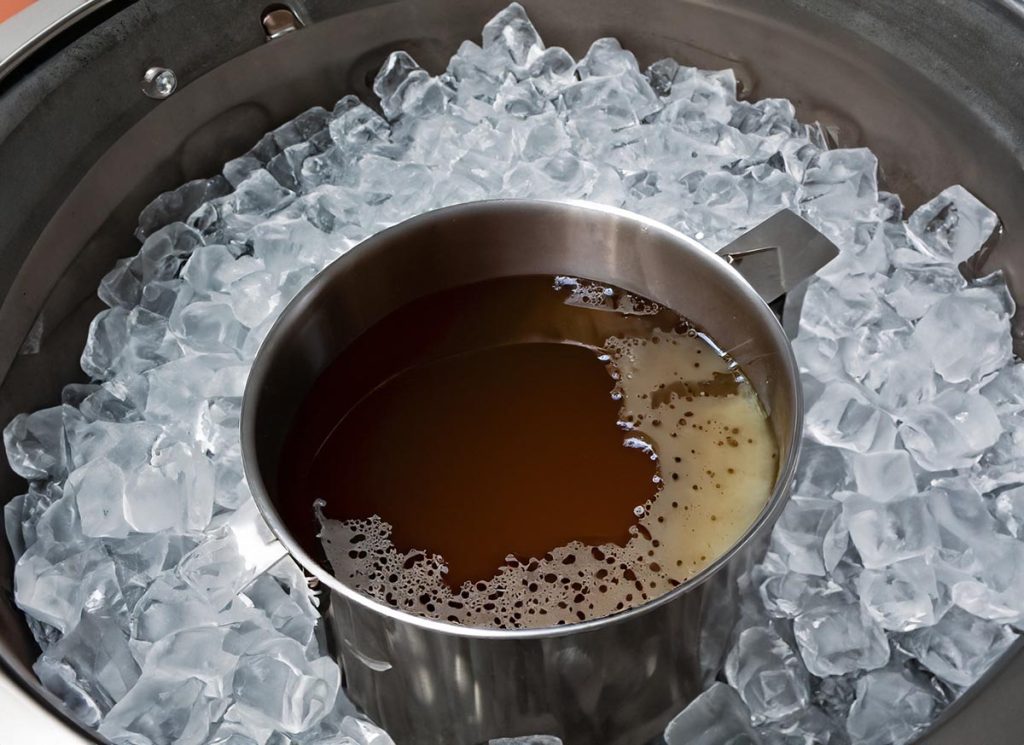
Advantages: Cost-effective and simple.
Procedure:
- Transfer the hot kettle into a larger container or sink filled with ice and water.
- Gently stir the wort with a sanitized spoon to ensure even cooling.
- Regularly replenish the ice to maintain low water temperatures.
2. Immersion Wort Chiller
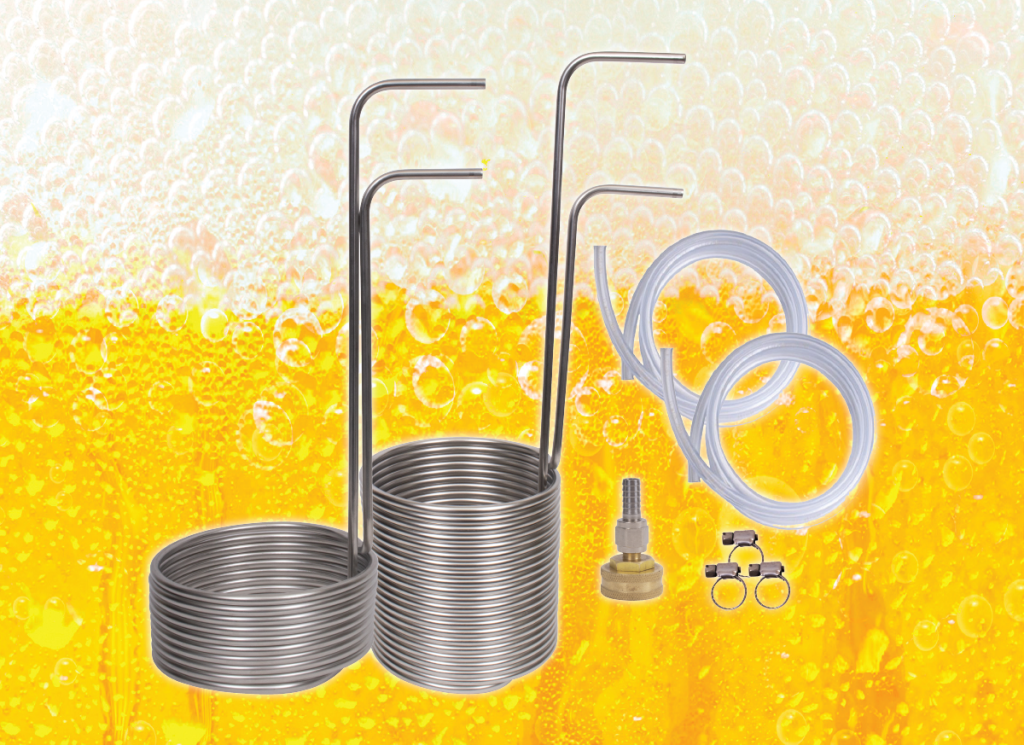
Advantages: Efficient and affordable for most homebrewers.
Procedure:
- Comprising coiled copper or stainless steel tubing, this chiller is immersed directly into the hot wort.
- Cold water is circulated through the tubing, extracting heat from the wort in the process.
- Ensure a steady flow of cold water for maximum efficiency.
3. Counterflow Chiller
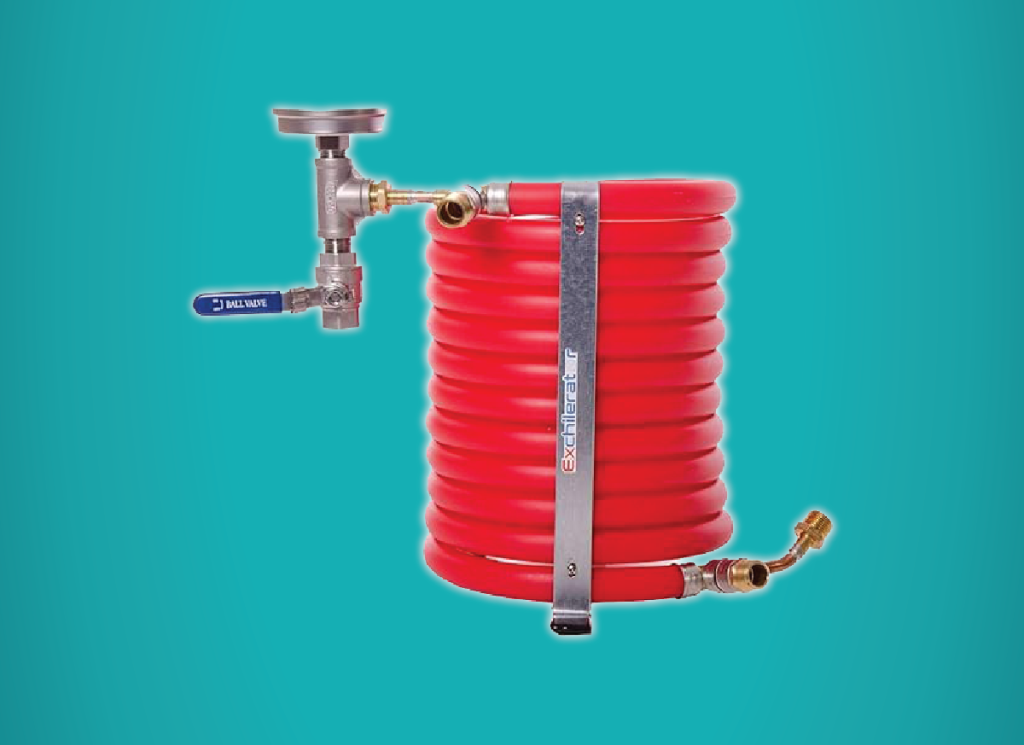
Advantages: Rapid and efficient cooling, especially for larger batches.
Procedure:
- This device uses two tubes: one inside the other. The hot wort flows through the inner tube while cold water circulates in the opposite direction in the outer tube.
- Heat is transferred from the wort to the water, cooling the wort rapidly.
- Efficient water use makes this method ideal for drought-prone areas.
4. Plate Chiller
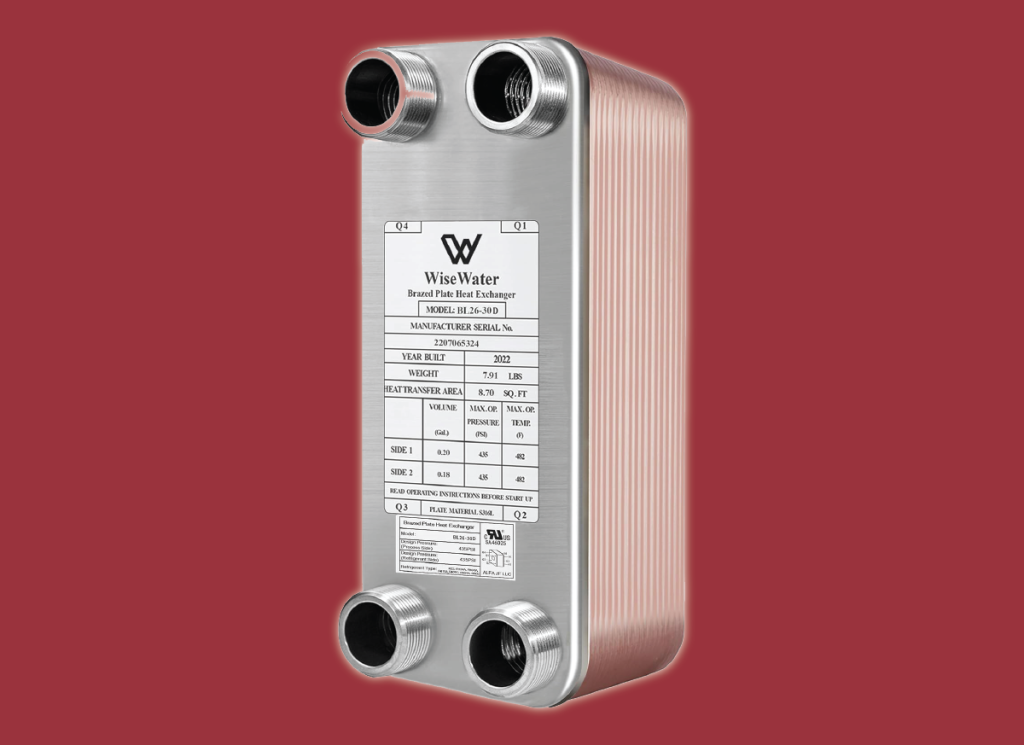
Advantages: Compact design and fast cooling.
Procedure:
- A plate chiller consists of multiple plates stacked together, creating channels for the wort and cooling water.
- As the wort flows through alternate channels, it comes into close contact with the plates, facilitating efficient heat transfer.
- Utilize a pump or gravity to facilitate the flow of wort.
5. No-Chill Method
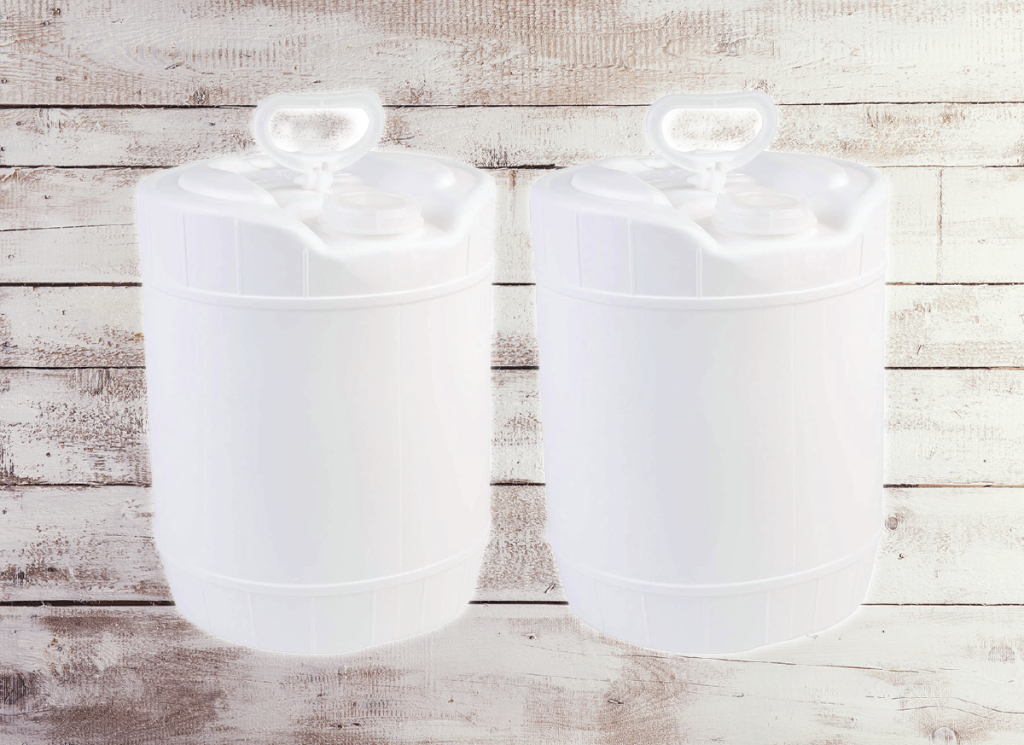
Advantages: Simplifies the process and conserves water.
Procedure:
- The hot wort is transferred directly into a heat-tolerant, airtight container.
- The container is sealed and left to cool naturally over an extended period, typically 24 hours.
- While this method is less conventional, it can still produce excellent results with certain beer styles.
In Conclusion
The method you choose to chill your wort depends on various factors, including your batch size, budget, available equipment, and personal preferences. Regardless of the technique employed, the primary aim remains the same: to cool the wort rapidly and efficiently before pitching the yeast. This not only ensures optimal yeast health and fermentation but also preserves the desired flavors and aromas in your final beer product.
As always, cleanliness and sanitation are paramount. Whichever chilling method you adopt, ensure that all equipment comes into contact with the wort is thoroughly cleaned and sanitized to prevent unwanted microbial contamination.

